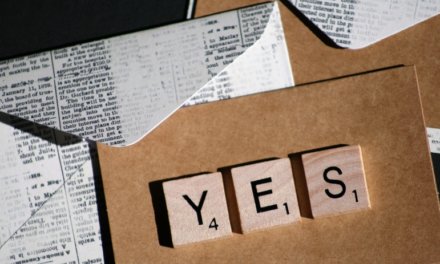Posters are an ultra effective marketing tool for many types of business. According to the business advice website Chron, “attractive posters can lure nearby people into a specific event or alert them to an upcoming product or service”. As we’ve mentioned in previous blogs, however, printed posters are only effective when they are thoroughly well-designed. What you may not realise is that there are several distinct graphic poster design philosophies that you can employ when creating a marketing poster. All of these design philosophies can yield excellent results. The one you choose should reflect the type of product or service that you wish to advertise. In today’s blog, we’ll look at three major poster design philosophies in detail so that you can make an informed choice between them.
1. Prioritising imagery
Most printed posters are dominated by a large, simple image, which is designed to grab the attention of passersby and intrigue them while simultaneously conveying a strong brand identity. These images are usually accompanied by minimal text, so that viewers will find the poster easy to read and comprehend. Prioritising imagery is a very powerful design philosophy because it enables you to attract consumers through immediate, attention-grabbing imagery. Beautiful or interesting images can also stay with viewers for a long time. However, the efficacy of image-oriented posters depends on immediate comprehension, because they do not feature enough textual information to explain complex ideas. We recommend employing an image-based design philosophy if you are offering a product or service which is simple and easy-to-understand, but not if you are offering something more complex.
2. Prioritising text
Advertisers are rapidly learning to utilise text-rich posters. You may have noticed that an increasing number of posters feature large walls of dense-but-legible text with minimal imagery. While text-based posters aren’t as attention-grabbing as their image-focused counterparts, they do allow you to convey more information about your business, products and services. If you need to explain what your product or service is, or why it has value, you may wish to consider a text-based design philosophy.
3. Balancing text and images
Some advertisers believe that it is best to give text and images equal prominence on a printed poster. This philosophy is certainly valid, as balancing text and images can offer you the best of both worlds. You can attract consumers with potent visuals and convey a strong brand identity while also providing plenty of information. However, balancing text and images in a way that doesn’t look cluttered can be tricky. We recommend that you only attempt it if you absolutely must attract attention quickly and also need to convey a lot of information.
Whatever graphic design philosophy you choose to follow, here at PrintUK.com we can turn your finished poster design into a reality. We offer cheap poster printing and design online with a wide variety of other products. You can find our range of posters at PrintUK.com
Poster Design Philosophy's







.jpg)
.jpg)

Trackbacks/Pingbacks